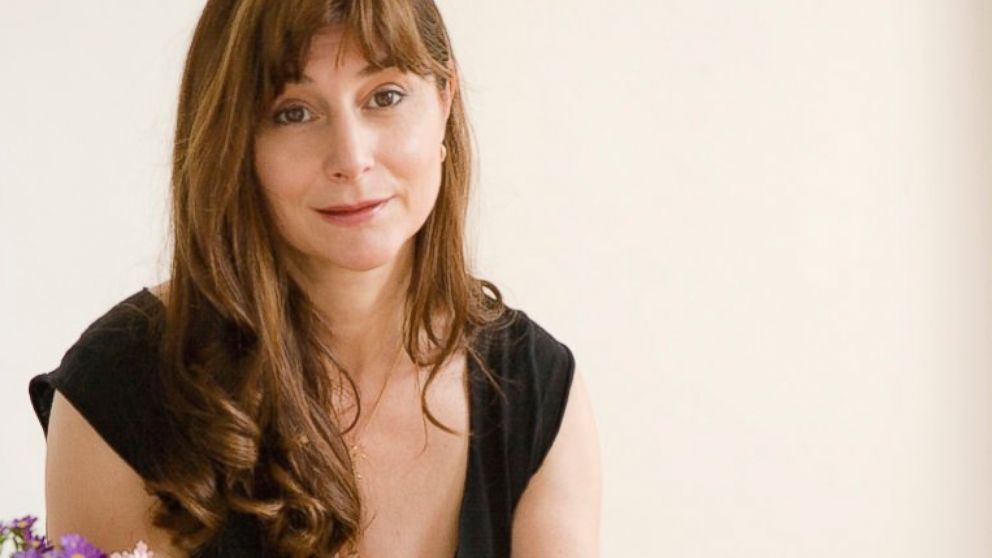Secrets of a Food Stylist
If she has to, Marilinda Hodgdon will sift through a hundred sesame buns.

April 3, 2014— -- Marilinda Hodgdon is placing the finishing touches on her star. A light powdering of color. A gentle spray of mist. Tease out a few tendrils. She takes a step back and surveys the finished product: the star is finally ready for its close-up.
Hodgdon lifts the plate of linguine carbonara and walks it onto the set where the film crew eagerly awaits.
"Gorgeous, set it right there," says the director, motioning to the wooden dining table. "We'll need three more ASAP."
Hodgdon is a food stylist. Her job is to make food camera-ready for television, film and print. In a single day of filming, she can be responsible for styling fried chicken, fruit smoothies, cheeseburgers and pasta.
PHOTOS: View gorgeous images of Hodgdon's work here.
A food stylist's tool kit holds many of the same items as a make-up artist's: brushes, tweezers, Q-tips and spray cans (hair product is replaced with extra virgin olive oil). On this day, she is primping bowls of carbonara, in assembly line fashion, to be sent out as the "hero plate" -- the industry term for slow motion food close-ups.
Hodgdon and other food stylists are the magicians behind the multi-billion dollar food advertising industry that aims to literally make your mouth water. Studies have shown that food advertisements can affect those who view them in ways from increased salivation to heightened anxiety.
The food styling industry was defined by a major scandal that redefined practices. In 1970, the Campbell Soup Company endured a lengthy and embarrassing Federal Trade Commission investigation after it was accused of running ads with bowls containing glass marbles to make the soup appear to have more vegetables than it actually did. The fallout led to a new bible of trade restrictions that altered the boundaries of food styling.
Today's elite food stylists largely reject the deceptive methods of the advertising old school. Hodgdon says she never aims to craft an illusion of food that bears no resemblance to the actual product.
"If it's say Burger King, or a fast food chain, everything must be according to a standard," she said. "I have to slice a tomato exactly to their specification; I have to use their meat and their rolls and their cheese and their condiments. ... It has to be representative of what the real thing is."
An official, which she refers to as the "tomato police," observes the on-set preparation and signs off on every dish. Campbell's requires observers of their shoots to sign legally binding affidavits.
The edicts of truthful advertising, however, do not preclude her from being picky. She claims she has sifted through more than a hundred sesame buns in order to find the perfect one.
A scrupulous stylist can keep companies and advertisers safe from damaging fines and lawsuits. It is for this reason that food stylists often enjoy long-term, trusting relationships with their clients.
All this expertise comes with a high price tag. Top food stylists in major cities can earn well above six figures annually. The most in-demand stylists charge up to $1,200 for an eight-hour day. And not every food stylist grew up a foodie. Before she had ever heard of food styling, Hodgdon earned a degree in ceramics and sculpting and was running a home renovation company. When entering her current field she brought "a great sense of color and design and texture and drama," all of which have enriched her eye for designing food.




